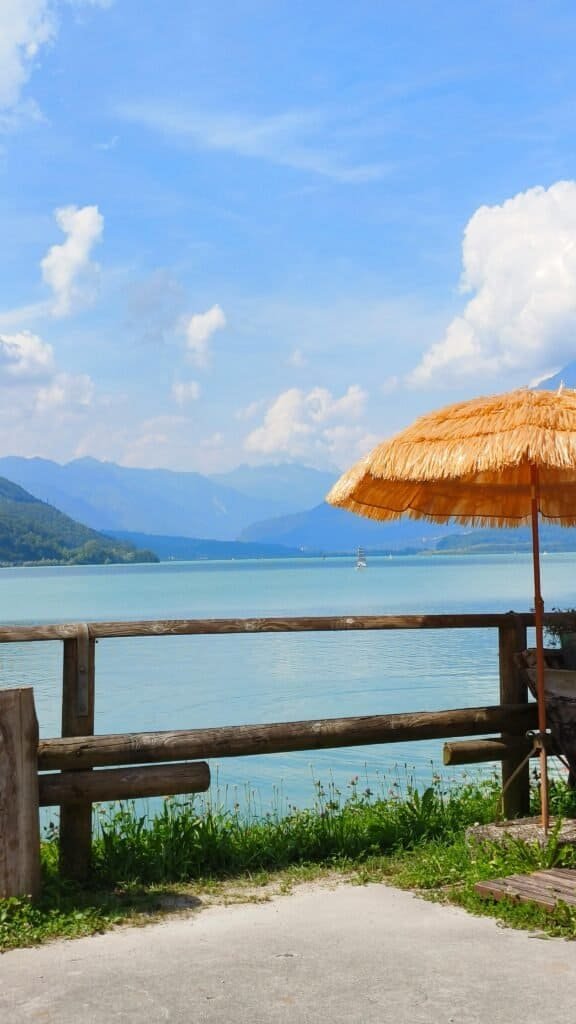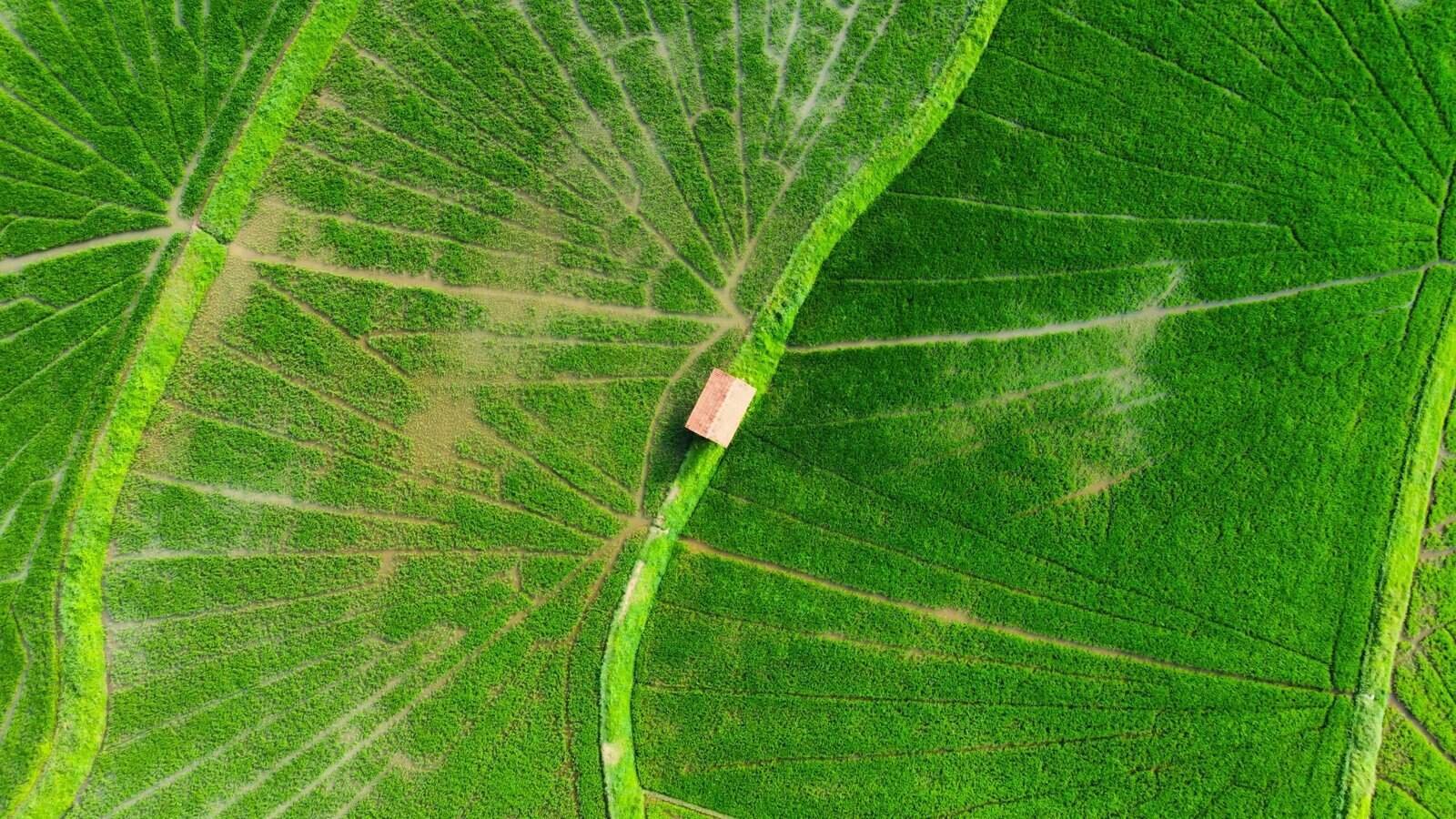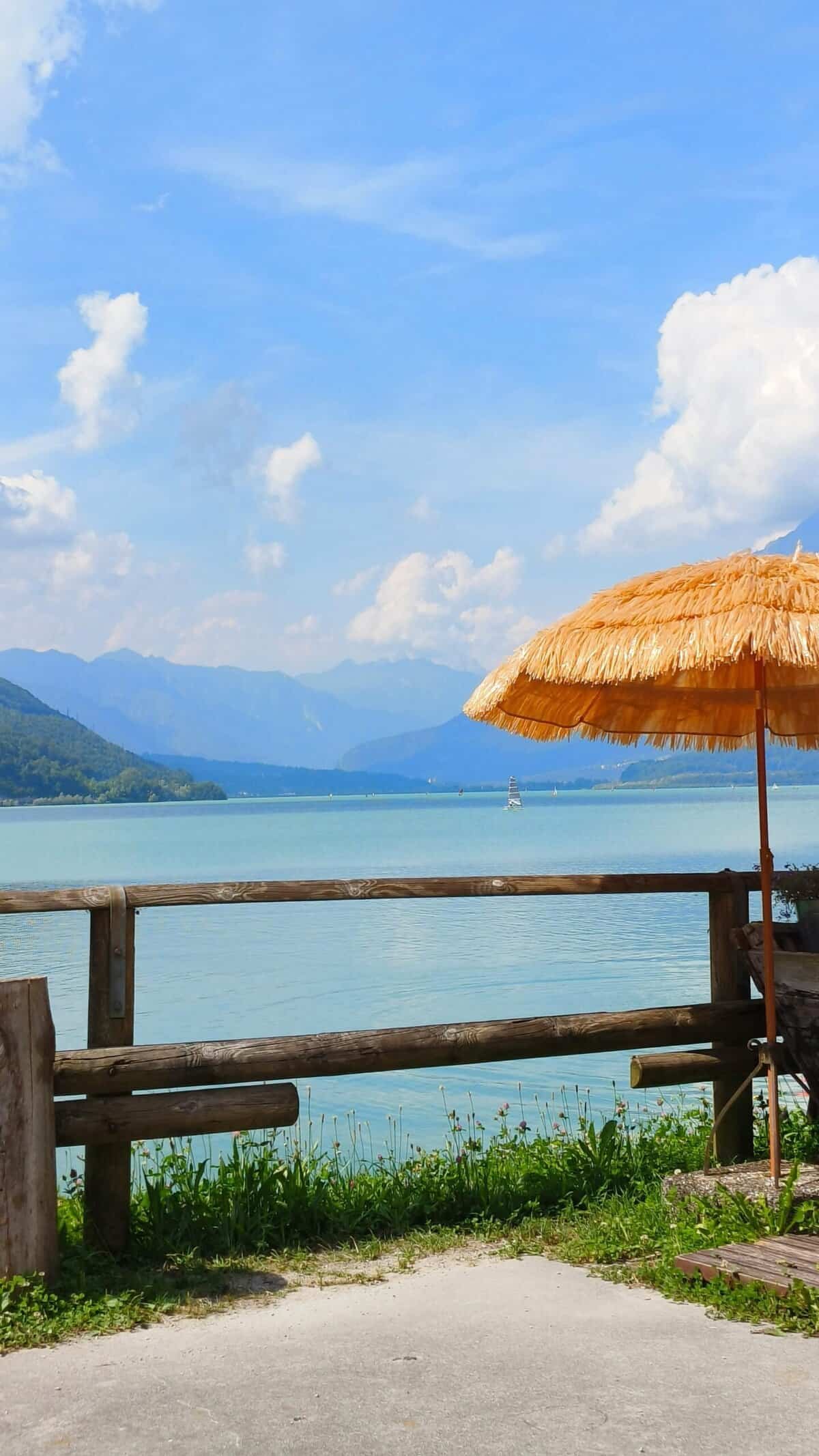Have you ever wondered if there are specific guidelines for landscaping around private wells? If you own a private well, the surrounding landscape can play a significant role in the efficiency and safety of your water system. It’s essential to know what practices will safeguard your water quality and ensure your well’s longevity. Let’s explore how best to maintain the integrity of your private well through smart landscaping choices.
Understanding Private Wells
Before diving into landscaping guidelines, it’s crucial to have a grasp of what private wells are and why they demand particular attention. A private well is typically a water source used by households not connected to a municipal water supply. It taps into underground water sources and delivers fresh water to your home. These wells are your personal lifeline to clean water, making their protection through responsible landscaping even more pertinent.
The Importance of Protecting Your Water Source
Your well is susceptible to contamination and damage. As an owner, you must take preventive measures to secure your well from potential hazards. Contaminants can enter well water from many sources, including chemicals and waste runoff. Proper landscaping acts as a first line of defense against these potential threats.

General Guidelines for Landscaping Around Private Wells
Ensuring that your private well remains secure and functional requires adherence to some general landscaping guidelines. These are essential to prevent contamination and physical damage to the well structure.
Maintain a Safe Distance
A primary consideration in your landscaping efforts should be maintaining an appropriate distance between your well and various potential sources of contamination. It’s advisable to plant trees and large shrubs at least 50 feet away from the well. Their roots can grow extensively and may damage the well casing or piping.
Mind Your Water Drainage
Proper grading and drainage are critical around the well area. The ground should slope away from the well to prevent surface runoff, which can carry contaminants toward your water source. Construct swales or install French drains to effectively redirect water away from the well location, ensuring your potable water supply remains unaffected.
Cautious Use of Chemicals
Many people treat their lawns and plants with fertilizers, herbicides, or pesticides. It’s crucial to restrict the use of these chemicals near your well. They can leach into the groundwater and contaminate your water supply. Opt for natural alternatives and use them sparingly.
Regular Inspections
Include your well in your regular landscape inspections. Check for any changes in the soil, such as erosion that might expose the wellhead, or signs of wear that might suggest the need for repairs. Keeping tabs on your wellhead’s condition is necessary for ongoing safety.

Landscaping Techniques to Consider
Incorporating thoughtful landscaping around your well can contribute to its protection and enhance the aesthetic beauty of your property. Here are some techniques worth considering:
Use of Buffers
Creating a buffer zone around the wellhead is a very effective technique. This involves planting grass or low ground covers that will not require much digging or chemicals to maintain. These buffers naturally absorb some surface runoff and minimize erosion near the well.
Mulching
Mulch can be a beneficial addition to the area surrounding your well. It not only improves soil health but also helps in retaining soil moisture and reducing erosion. A layer of organic mulch can suppress weed growth and maintain a stable ground cover without the need for extensive watering or chemicals.
Controlled Irrigation
If you use an irrigation system, ensure that your sprinkler heads are angled away from the well area to prevent unnecessary water accumulation. Utilizing drip irrigation systems can conserve water and minimize the moisture levels near your well, reducing the risk of contamination.

Comparing Well Pumps and Systems
Selecting the right equipment for your private well is another aspect of maintaining its efficiency and health. You might wonder, are there resources comparing different well pumps and systems? Yes, indeed, and understanding these choices can significantly impact your water supply’s reliability and cost-effectiveness.
Types of Well Pumps
Well pumps come in various styles and capacities, each suited to different well configurations. Here are the primary pump types used in private wells:
| Pump Type | Description |
|---|---|
| Submersible Pump | Installed below the groundwater level, these pumps are efficient and popular for deep wells. They push water to the surface, making them highly effective. |
| Jet Pump | Located above ground, jet pumps are suited for shallow or medium-depth wells. They use suction to draw water up into the system. |
| Solar-Powered Pump | An eco-friendly option that uses solar panels to power the pump, suitable for remote areas or those wanting to reduce their carbon footprint. |
| Hand Pump | A manual solution for those who prefer mechanical simplicity or need a backup method for water extraction. |
Factors in Choosing a Well Pump
When selecting a pump, consider key factors like well depth, water demand, and energy source. Your choice should balance initial cost, operating efficiency, and maintenance requirements. Consulting with a well professional ensures the pump you choose best fits your specific needs and conditions.
System Considerations
Apart from pumps, the broader well system includes components such as pressure tanks, piping, and filtration systems. Each plays a pivotal role in maintaining water quality and delivery. It’s important to ensure these components are compatible with each other and suited to your home’s water usage patterns.

Additional Considerations for Well Care
While landscaping and equipment selection are fundamental aspects of well maintenance, there are additional practices you should follow to protect your water source.
Regular Water Testing
Testing the water regularly for contaminants is critical. At least once a year, have your well water tested for bacteria, nitrates, and any other local contaminants of concern. This can catch any issues early, preventing health risks to your family.
Developing a Well Maintenance Schedule
Like any other critical household infrastructure, a regular maintenance schedule for your well is essential. This should include checking seals and caps, ensuring proper venting, and keeping records of repairs and water testing.
Staying Informed About Local Regulations
Regulations concerning wells can vary by location, influencing how you should landscape and maintain your system. Staying informed about these local guidelines ensures you remain compliant and respond appropriately to any regulation updates.

Conclusion
Your private well is a crucial element of your home, providing you with the lifeline of fresh water. By thoughtfully landscaping around it, selecting appropriate pumping systems, and observing regular maintenance and testing practices, you can ensure its efficiency and longevity.
Through ongoing care and attention, you protect not only your water source but also the health of your family and property value. Embrace these guidelines, not as restrictions, but as pathways to sustainably enjoying your well and all it offers.

